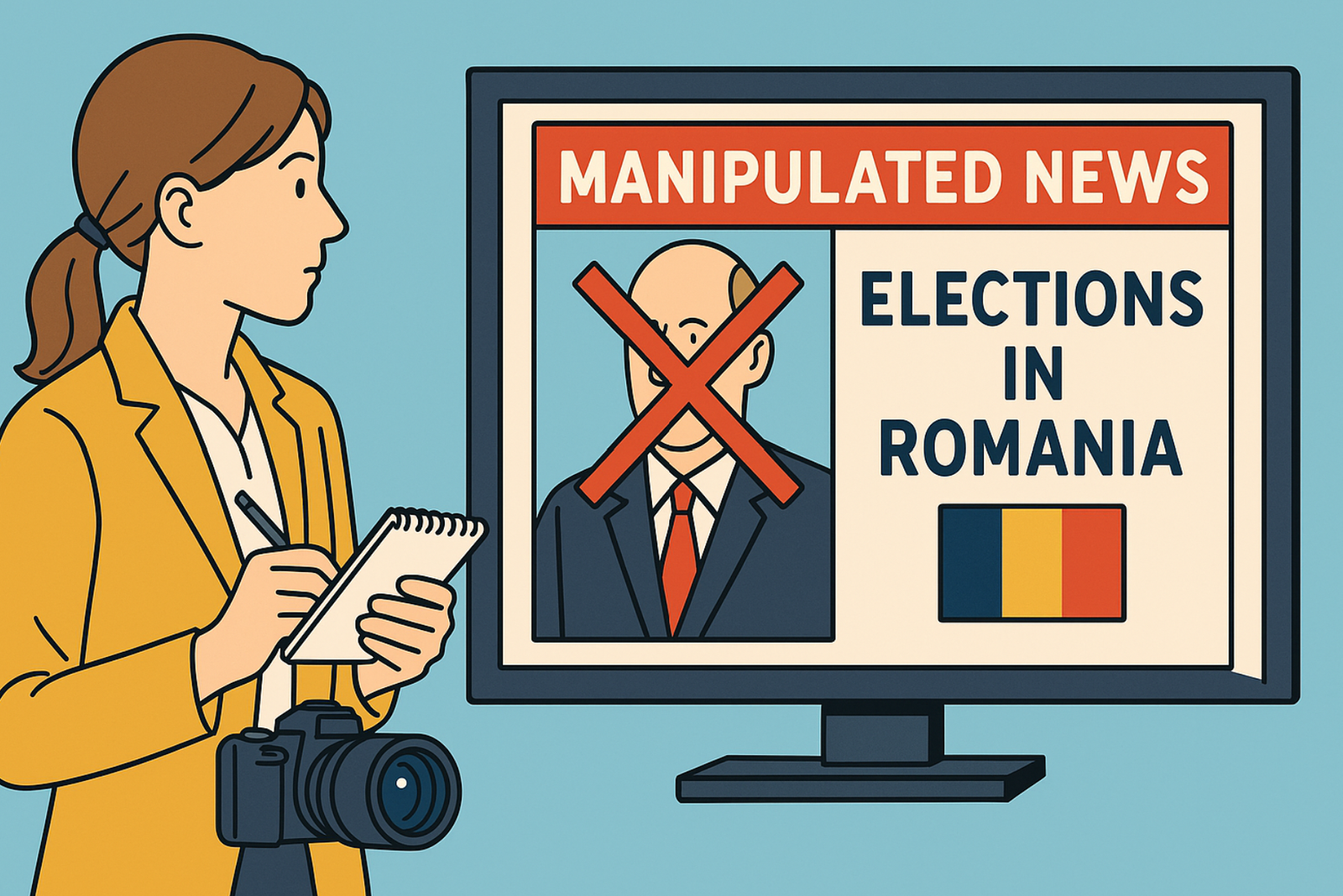On September 18, the International Equal Pay Day is observed. According to the World Bank, there is still no gender equality in any country in the world. According to UN data, women earn only 77 cents for every dollar earned by men. But if gender equality is achieved, global GDP will grow by more than 20%, and economic growth rates will double.
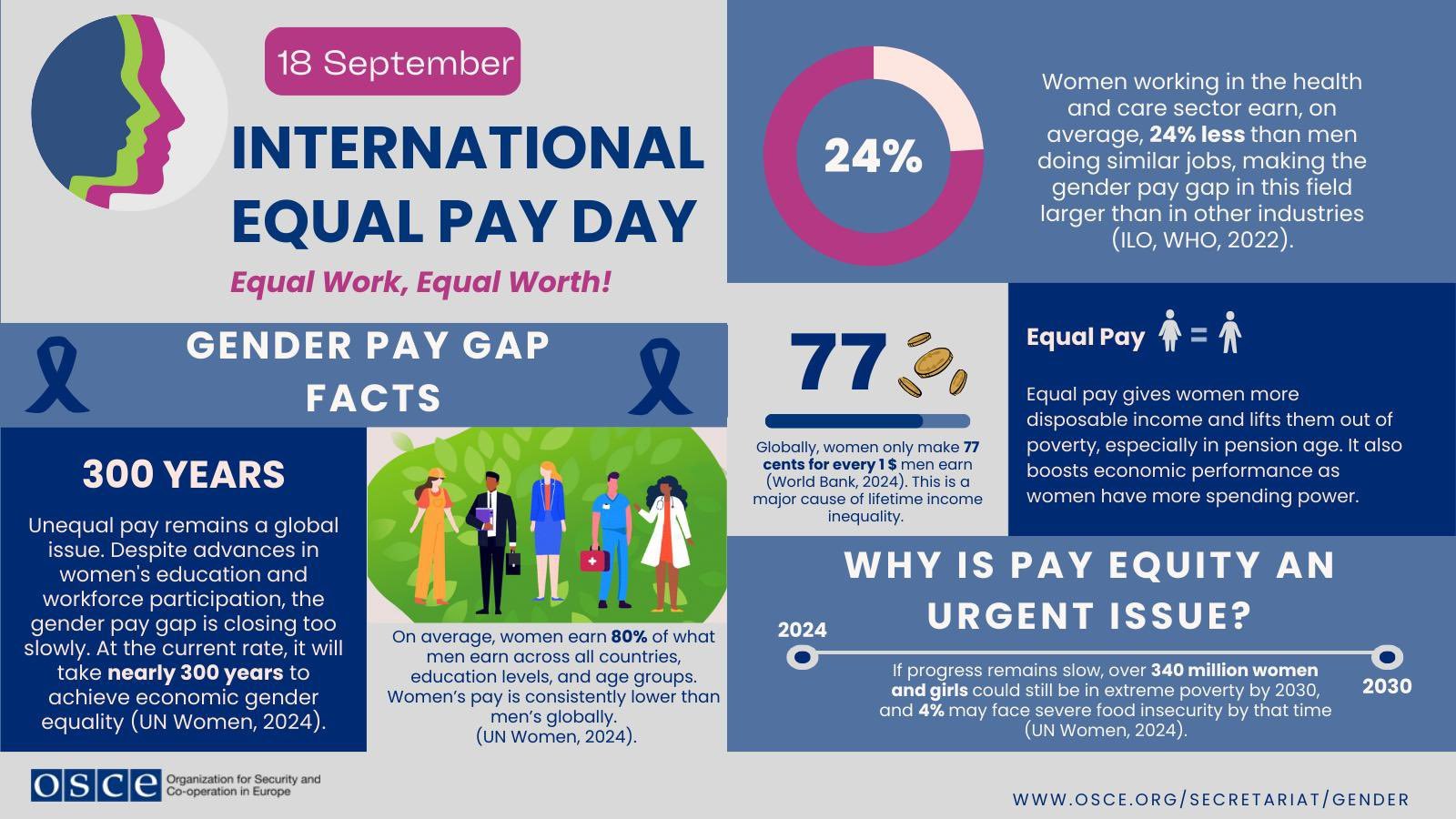
The gender pay gap is a complex socio-economic issue that exists in many countries around the world. However, myths and misinformation often circulate around this topic, hindering the understanding of the true causes and preventing effective measures from being taken. Below are common examples of misinformation about gender inequality in pay and debunking these myths based on facts.
Common Myths and Debunkings
- Myth: The gender pay gap does not exist
- Misinformation: It is claimed that men and women receive the same salary for the same work, and any differences are a fiction.
- Fact: According to data from the Organisation for Economic Co-operation and Development (OECD) and the International Labour Organization (ILO), the gender pay gap exists in most countries. Women on average earn less than men even with the same level of education and experience.
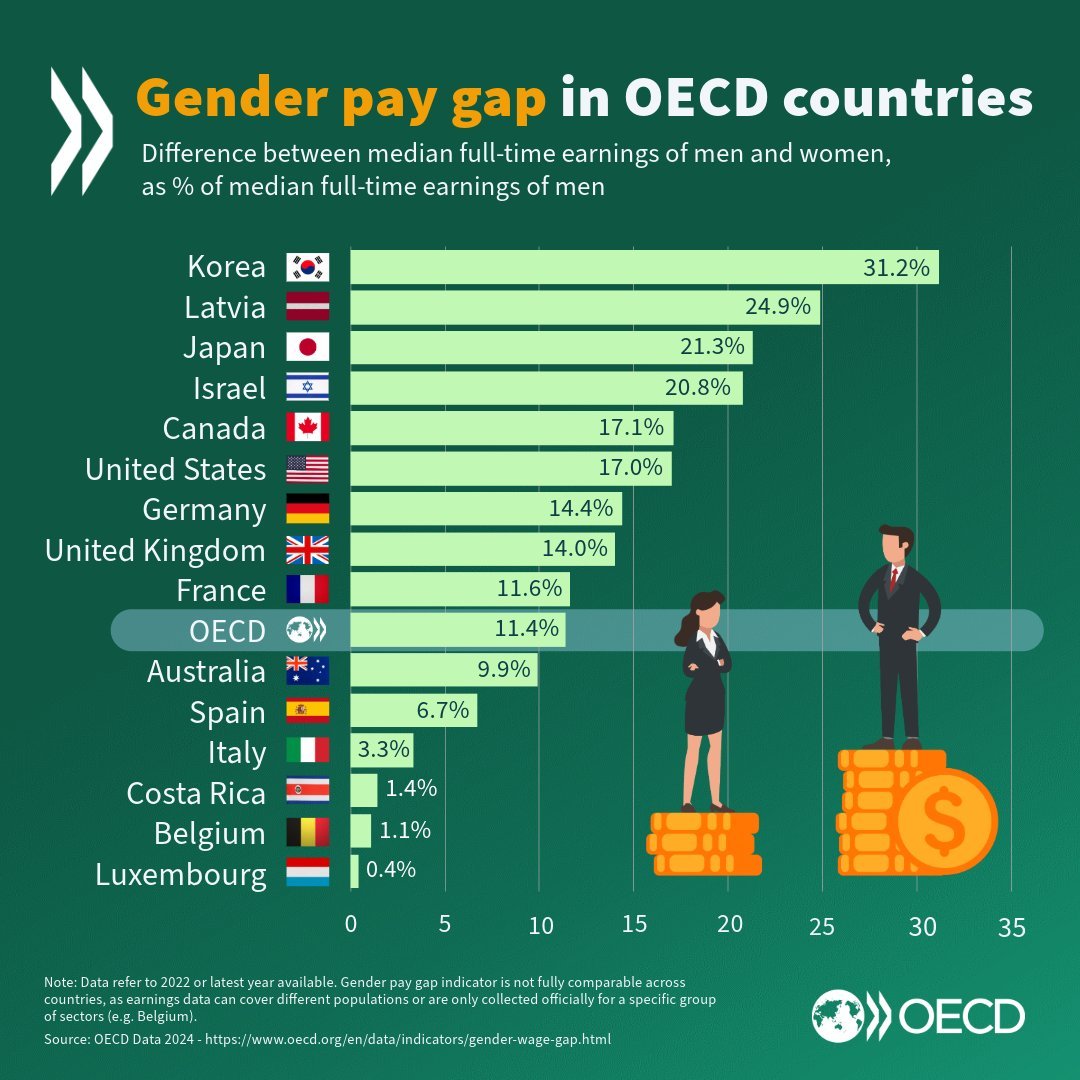
- Myth: The difference in salaries is explained by career choice
- Misinformation: It is believed that women prefer less paid professions, so they earn less.
- Fact: Although occupational distribution affects the overall income level, studies show that the gap persists even within the same profession. Women often receive lower pay for the same work as their male colleagues.
- This is confirmed by data from the National Statistical Committee of the Republic of Belarus “Gender pay gap per month”:
- Information and communication:
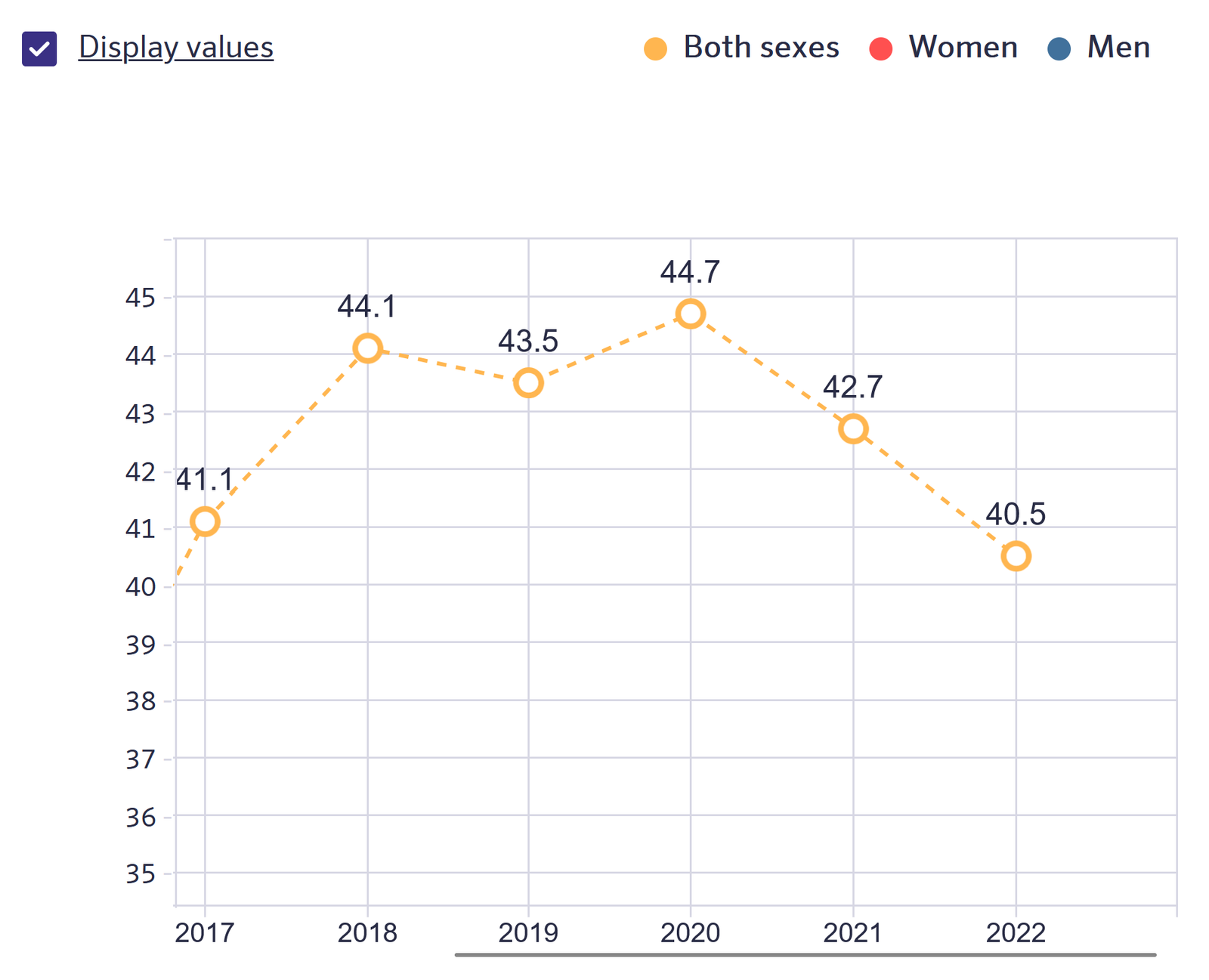
- Professional, scientific, and technical activities:
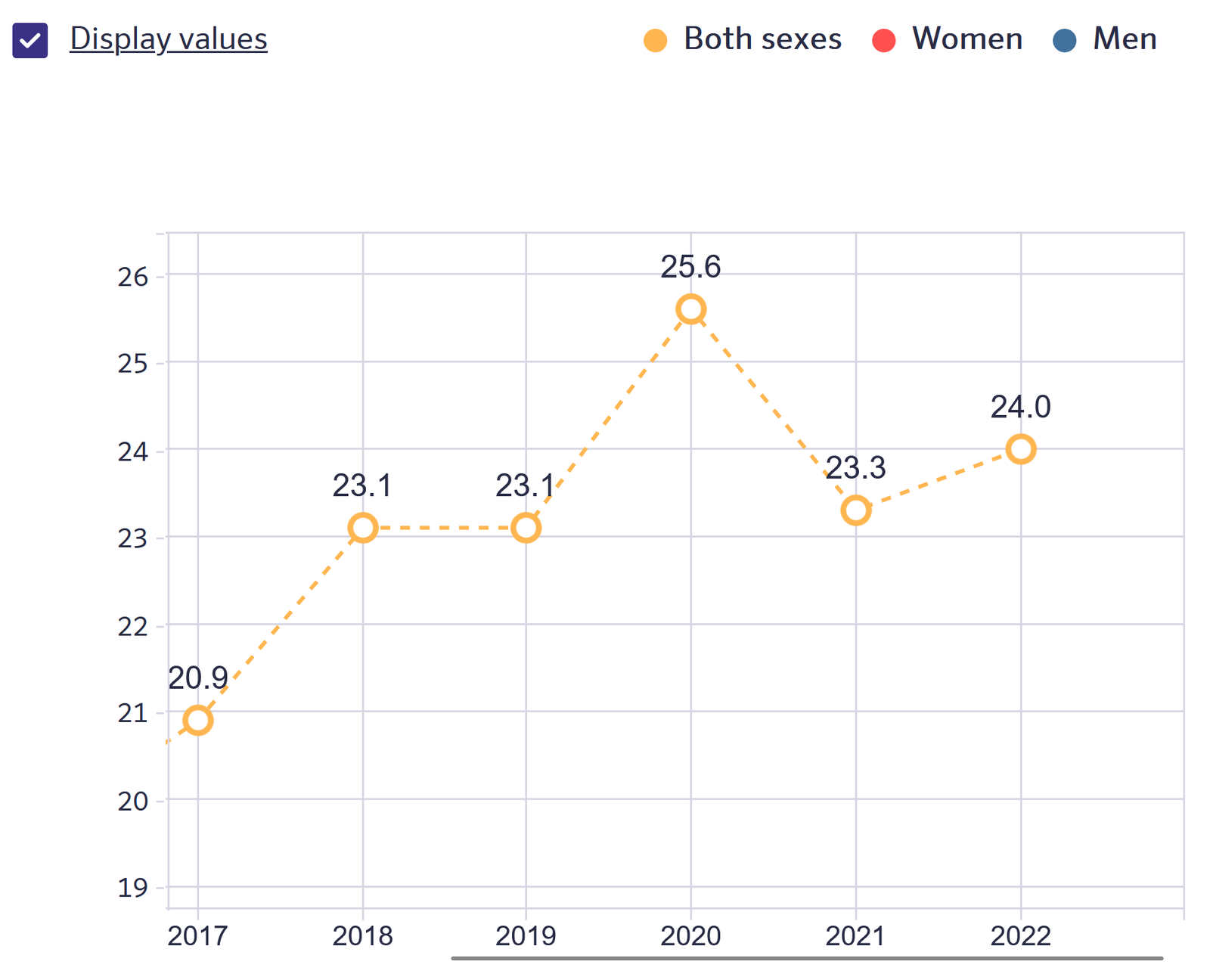
- Education:

- Real example of the myth: In discussions in the USA, it is often said that women earn less because they choose to work fewer hours due to family obligations.
- Fact with real data:
- Data: According to a 2022 study by the Bureau of Labor Statistics (BLS), even when accounting for hours worked and employment status (full-time or part-time), women still earn less than men.
- Example: The median weekly earnings of women working full-time were about 82% of men’s earnings in comparable positions.
- Reason: The difference persists due to factors such as pay discrimination, undervaluation of women’s work, and barriers to career advancement.
- Myth: The law already ensures equal pay, so there’s no problem
- Misinformation: It is assumed that existing legislation has completely eliminated the gender pay gap.
- Real example of the myth: In countries like Canada, where the Pay Equity Act is in force, some believe the problem is resolved at the legislative level.
- Fact with real data:
- Data: According to Statistics Canada data for 2021, women on average earned 89 cents for every dollar earned by men.
- Example: Despite the legislation, an 11% gap remains. This indicates that laws are not always effectively enforced or are circumvented.
- Reason: Hidden discrimination, lack of pay transparency, and stereotypes continue to affect women’s salaries.
- Myth: The gender gap is natural due to biological differences
- Misinformation: It is believed that biological or psychological differences between genders justify the pay gap.
- Real example of the myth: In some communities in Germany, there is an opinion that men are naturally more inclined to technical and high-paying professions.
- Fact with real data:
- Data: Studies by the Institute of Labor Economics (IZA) show that differences in abilities between genders are minimal and cannot explain the significant pay gap.
- Example: Women with the same level of education and experience working in technical fields still earn less than men.
- Reason: Stereotypes and biases limit women’s opportunities and affect their evaluation by employers.
- Myth: The gender pay gap is only a problem in developing countries
- Misinformation: It is assumed that this problem is not relevant for developed countries with high standards of equality.
- Real example of the myth: In Australia, it is often thought that with the implementation of equality policies, the gender gap has been eliminated.
- Fact with real data:
- Data: According to the 2022 report by the Workplace Gender Equality Agency (WGEA), the gender pay gap in Australia is 13.8%.
- Example: Even in sectors with high female employment, the gap remains.
- Reason: Factors include underrepresentation of women in leadership positions and inequality in bonus payments.
- Myth: Women are less ambitious or do not aspire to leadership positions
- Misinformation: It is claimed that women themselves choose less responsible roles, so they earn less.
- Real example of the myth: In Japan, it is widespread that women prefer the role of housewife or less demanding positions.
- Fact with real data:
- Data: A study by the Japan Institute for Labour Policy and Training showed that 74% of women express a desire to advance in their careers.
- Example: However, only a small percentage of women occupy leadership positions due to corporate culture and societal expectations.
- Reason: Systemic barriers such as long working hours and lack of flexible schedules prevent women from reaching higher positions.
- 8. Myth: The gender pay gap will gradually disappear on its own
- Misinformation: It is believed that over time the problem will naturally resolve without additional efforts.
- Real example of the myth: In countries of the European Union, it is sometimes assumed that integrating gender equality into policies automatically eliminates the gap.
- Fact with real data:
- Data: According to the European Institute for Gender Equality (EIGE), the average gender pay gap in the EU in 2021 was about 14%.
- Example: In some countries, such as Estonia and the Czech Republic, the gap exceeds 20%.
- Reason: Without targeted actions and measures, progress is slow. It is necessary to implement pay transparency, support work-life balance, and overcome stereotypes.
Understanding the real causes and scale of the gender pay gap is a key step towards its elimination. Combating misinformation and myths helps society recognize the importance of the issue and stimulates effective measures to achieve equality.
Additional resources:
- UN Women — unwomen.org
- International Labour Organization (ILO) — ilo.org
- World Economic Forum (WEF) — weforum.org
- Organisation for Economic Co-operation and Development (OECD) — oecd.org/gender/data
- OSCE Gender Equality — https://www.osce.org/secretariat/gender







